GRAND TRAVELS
Milan Božić
AT THE TIME WHEN THE PLAN OF THIS exhibition was first drawn up, the editor of the exhibition catalogue, Professor Mijajlović, titled this segment GRAND TRAVELS, and, to me at least, that seemed compelling enough. At first sight, nothing appeared to be out of the ordinary or unusual. Mika Alas simply published several books about his travels to the distant parts of the globe, partly as his debt to the progeny, and partly by way of justifying such far and wide travels. Among his Collected Works, Alas’s travel books and his novel comprise two thick volumes. Then, in a sudden flash of revelation, I realized that he actually traveled tirelessly and endlessly throughout his life: whether it was the backwaters of the Danube River, where he both fished and made his living, or the world wars, where he either did his best to keep his head on his shoulders, or else occupied an important state office, or if it was Paris where he received his education. Only then did the title “Grand Travels” gain meaning, because, if nothing else, those travels took Mika as far as to the North and South Pole of the globe. Perhaps the adjective “grand” was a bit pretentious, but the journeys were certainly far and long.

A Lapponian, around 1930. (SASA Archive, 14188/13)
Even today it is hardly customary for a person to visit the polar caps above and below, and it definitely was not an ordinary affair back then, almost a hundred years ago. Additional secrecy shrouding Mika’s travels – the Serbs are a people with a great love for secrets and conspiracies – comes from the fact that he called these “scientific expeditions.”
On the other hand, Mika Alas left us countless letters, memos, and records of his correspondence with friends, relatives, colleagues – whether in the scientific or fishermen circles – state authorities and semi-formal authorities, and God only knows who else. However, these journeys produced thick volumes of travelogues, neatly published at the time, in between the two world wars, and afterward, in late 20th century, as his Collected Works.
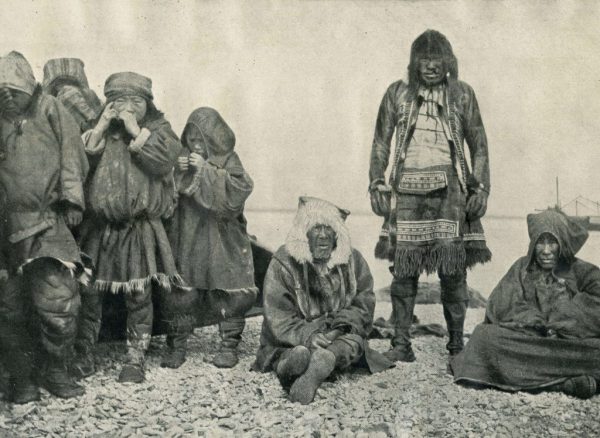
The Eskimo shamans, around 1931. (SASA Archive, 14197/3)
However, not even the best policeman – and most Serbs believe they could do a great job as heads of the State Security, or at least as “lowly” police commissioners – could figure out how he got there. Dragan Trifunović, the most famous among Alas’s biographers, liked to believe that Mika took these travels for scientific, and therefore also, state-important reasons, such as unraveling the secret of the Earth’s magnetic field, or resolving the movement of ice on polar caps in order to “examine the capability of sailing by ship.” Naturally, the question immediately arises as to the role of a country with such limited finances and influence as Serbia – back then, it was called Yugoslavia, and it even was a kingdom – in such an important research that required massive funding and was of no actual use for his country in the first place.
A more “down to earth” conspiracy theory speculates that Mika certainly made many friends, primarily from studying abroad, in Paris, and they, naturally, in their adult years, were sufficiently wealthy to be able to afford a visit the polar caps, and some of them remembered to also invite their friend, Mihailo Petrović. Such a theory is reasonably supported by the fact that, for example, the first trip to the North Pole set off from Dunkirk. It was a French expedition of six, including Mika, who then joined the Norwegian team, which counted twenty people. For those less familiar with the history of that period, France at that time was still a superpower, yet undefeated by Hitler, while Norway was a massive stain on the map, that no one could be certain whether it was in Sweden or Switzerland. The fact that people in Beijing or New Delhi today think of France as some blurry part of the European Union is of little significance. Back then it was a genuine power.
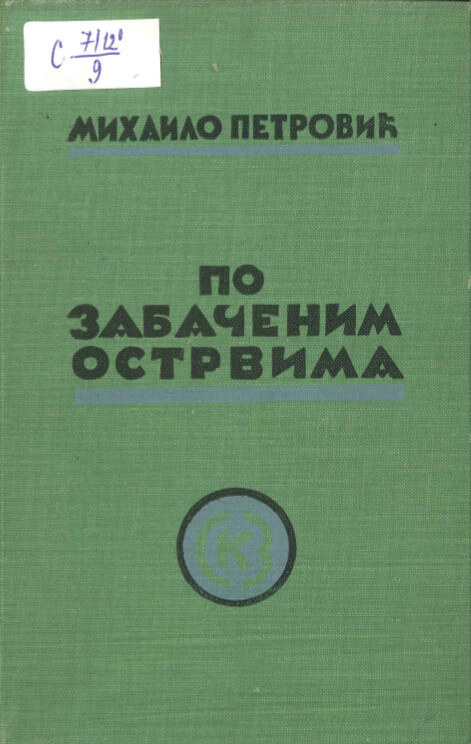
The cover page of the book On the Remote Islands in which Mihailo Petrović describes the path of the scientific expedition undertaken in the southern polar region, in 1934–1935. (Library of SASA, C7/120/9).
Perhaps this down to earth conspiracy theory is true, but I would personally prefer it if Mika used those journeys to do some serious preparations for the war that eventually cost Hitler his life. Even if he was not the case, Alas handed down to his progeny a large volume of travelogue books with most diverse commentaries. Should anyone start to think that this is not such a great achievement, they should consider more closely the fact that the Serbs do not to seem to be a nation intent on traveling. We even keep a safe distance from the two rivers that have their meeting point in Belgrade, which is why only several rafts and some taverns can be seen on the riverbanks, nothing more, and the capital itself continued to spread into the inland, away from the rivers.
The First Travel (summer 1931)
Northward Ho!
From France to Greenland and almost all the way to the North Pole.
The first expedition heads off from the historically famous Dunkirk, from whence we fell back in 1940, with our tails tucked between our legs. Of course, I use “we” rather conditionally, implying those who take pride in their anti-fascist heritage. The journey itself is well documented, given that Mika demonstrates a degree of diligence, typical of natural scientists and less characteristic of mathematicians. In a way, he also reveals his other nature, consistently inspired by his scientific curiosity about the material world surrounding him. Whenever he set off for a journey, Mika had a picture of him taken, wearing the reserve officer’s uniform, boots and all, with binoculars around his neck. His travels took him on daredevil tracks, even measured by today’s standards. Indeed, they went beyond the modern standards, because nowadays, living people would be replaced by drones and satellites, thus avoiding crippling claims by insurance companies.

Mapping of the route traveled from the French coast to Madagascar in 1935.
In his travelogue, used later on as a basis to reconstruct the precise route map of the journey, Mika first provided a short overview of the route. Then he dedicated his attention to the images that made the most significant impression on him. He writes about the icebergs, polar bears, daily tasks of a scientific expedition. With almost the passion of an anthropologist, Mika focuses on the Eskimos, their economy and way of life. Finally, in the third layer of his writing, he provides us with the thorough explanations of the different and varied phenomena studied by the polar expeditions and a detailed overview of the main expeditions hitherto undertaken to the North Pole, which took place less than half a century before the time of writing. This travelogue is a veritable textbook on the geography, demography, and economy of the region that he visited. As an author, Mika resorts to the similar and very pedantic method in his other works. A possible alternative title that comes to mind is the “Arctic Circle Encyclopedia.”
It should be emphasized that Mika Alas took the first of his travels quite late in his life, already in his sixties, an age when people back in the epoch, and good many even today, rarely dared to wander far from their hearth and home.
The Second Travel (summer 1932)
Eastward Ho!
Across the Atlantic, to the Sargasso Sea, the Caribbean Islands, Antilles, and Bermuda.
Even in today’s literature, this journey would be considered a “pleasure trip.” Mika and his friends traveled to the islands of Central America, the Azores, Haiti, and Bermuda. At the same time, being a good travel writer, he felt that he had to offer something to pique the interest of his readers. Beyond his graphic and vivid descriptions, the most interesting detail, which I remember from my childhood, is that marine marauders were divided into regular and irregular kind, namely the state pirates and the ordinary ones. The state pirates – which is how I first read about the famous Sir Francis Drake, who eventually became Vice Admiral and defeated the Spanish Great Armada in their attempt to invade England – had the job of looting the enemy, and fighting a kind of “trade war.” For sure, they resorted to slightly more violent means than those employed today, but the consequences are still very much the same.
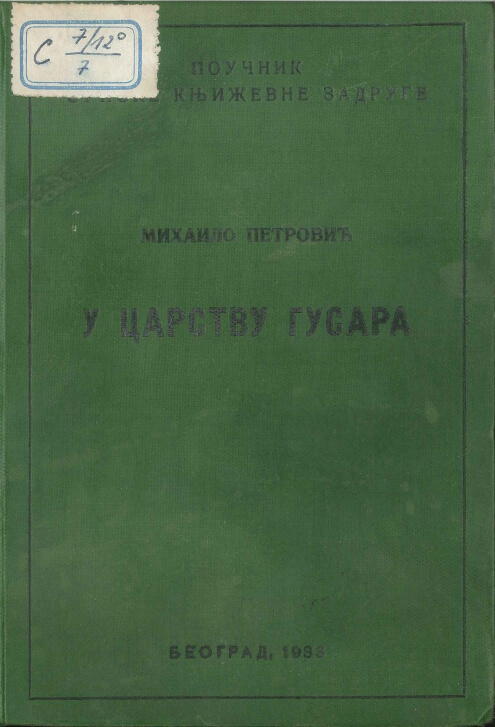
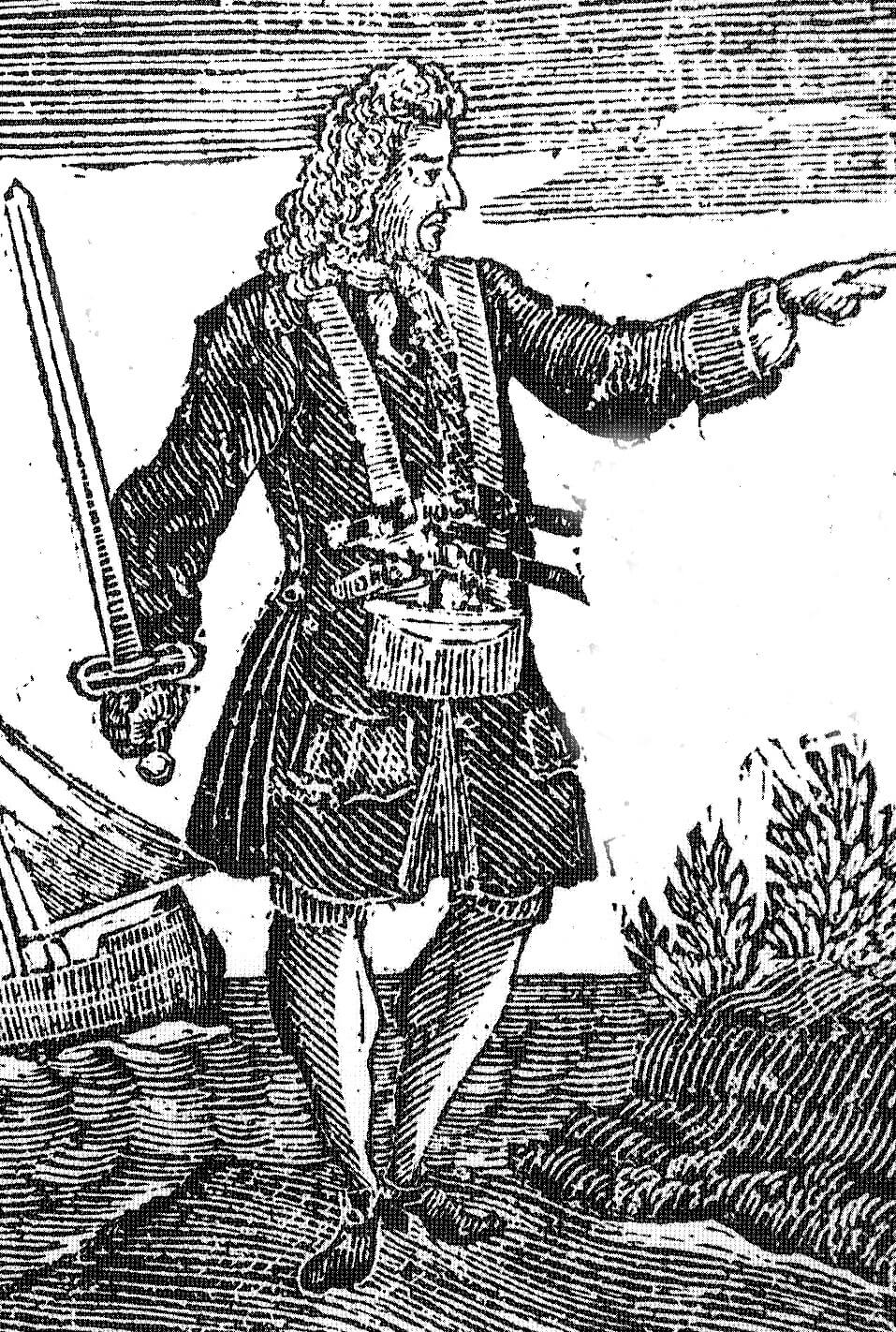
In his book In the Empire of Pirates, Mihailo Petrović writes about notorious pirates, such as Charles Vane, who plundered the West Indies, the Antilles, Bahamas and Bermuda islands (Library of SASA, C7/120/7)
Of course, he uses the opportunity to provide a detailed account of the fishing industry, the economy of the islands of Central America, so much so that he went on to publish two travelogues from this travel.
The Third Travel (summer 1933)
Northwestward Ho!
To Labrador and the Newfoundland.
This route again took him far out into the north. However, it is much warmer here, the land is inhabited by people and there is economy, mainly fishing and whaling. Being a passionate fisherman, Mika does not miss on the most important products of the region – codfish. While the description of the “purely” northern route abounded with ice, the freezing cold and dangers, Mika uses much more human colors to paint this one.
The Fourth Travel (summer 1934)
Southward Ho!
Via the Atlantic route down to the Antarctic.
АIf you thought that it was warm in the south, and cold in the north, you were mistaken. Truth be told, it depends on how far south you intend to go. A little bit to the south is nice and warm, but all the way down is the South Pole. During his journey to the Horn of Africa, Mika came across the penguins and paid a visit to Saint Helena, the famous island of Napoleon’s banishment in his last days. He had “bad luck” of having missed the island’s turtle which dated back to Napoleon’s time. The creature had lived for two hundred and fifty years and died a year before Mika’s expedition arrived.
The Fifth Travel (summer 1935)
Westward Ho!
To the Indian Ocean.

Manuscript of Mihail Petrović, in his own handwriting, of the book In the Empire of Pirates (Adligat Society)

In his book With the Ocean Fishermen Mihailo Petrović writes about the endurance, perseverance, and sobriety of the ocean anglers (SASA Archive, 14197/19)
Passing through the Suez Canal, the fifth expedition set off for the Indian Ocean. Similar to the rest of them, the expedition mainly kept to the French colonies, nowadays all independent countries. However, they also visited some truly remote islands, which is how the travelogue got its title. Some of those islands could easily be featured today in some of the BBC’s top-notch nature-science programs, captivating audiences worldwide. Again, as if gifted with the instinct of a movie director, Mika focused on both flora and fauna. He seems to understand that Madagascar is de facto a small-scale continent, populated by numerous creatures that could be found nowhere else on the Earth. He employs his extraordinary gift to describe exactly what we feel should be described. We can only imagine what Petrović would have done if instead of his photo camera he had been equipped with modern multimedia devices! He would fit seamlessly into the image of the modern day producer and documentary series maker.
The Sixth and the Last Travel (summer 1939)
Warward Ho!
The intermission between travels lasted four years. We do not know why. Was it fatigue, finances, or the crisis in Europe on the eve of the war? The sixth trip was somewhat shorter. It ended in the Azores, 1,500 kilometers northwest of Portugal. Mika again took it with the French expedition team, with whom he traveled around the world. As this journey took him “on the eel route,” we can reasonably assume that, along with the second journey, it served as the basis and inspiration for The Eel Novel. Coming back from this travel, Mika returned to his homeland, the war and his last days.
Travelogues, along with Mika’s other works, have been digitally uploaded and stored in the Virtual Library of the Faculty of Mathematics.
Mika Alas took almost all his grand travels in the first half of the fourth decade of the 20th century. Already after returning from the first travel, in 1931, Mika approached his friend Pavel Popović, President of the Serbian Literary Cooperative, and suggested that his travelogue be published “for the amusement of the Serbian nation.” Pavle himself, a university provost and an academician among other things, did not hesitate and printed the first travelogue in the literary edition of Matica, as part of the regular series, in the “Contemporist” library, and thus immortalized Mika in yet another, unexpected way. Thus, along with being a travel writer, Mika Alas became a literary author.
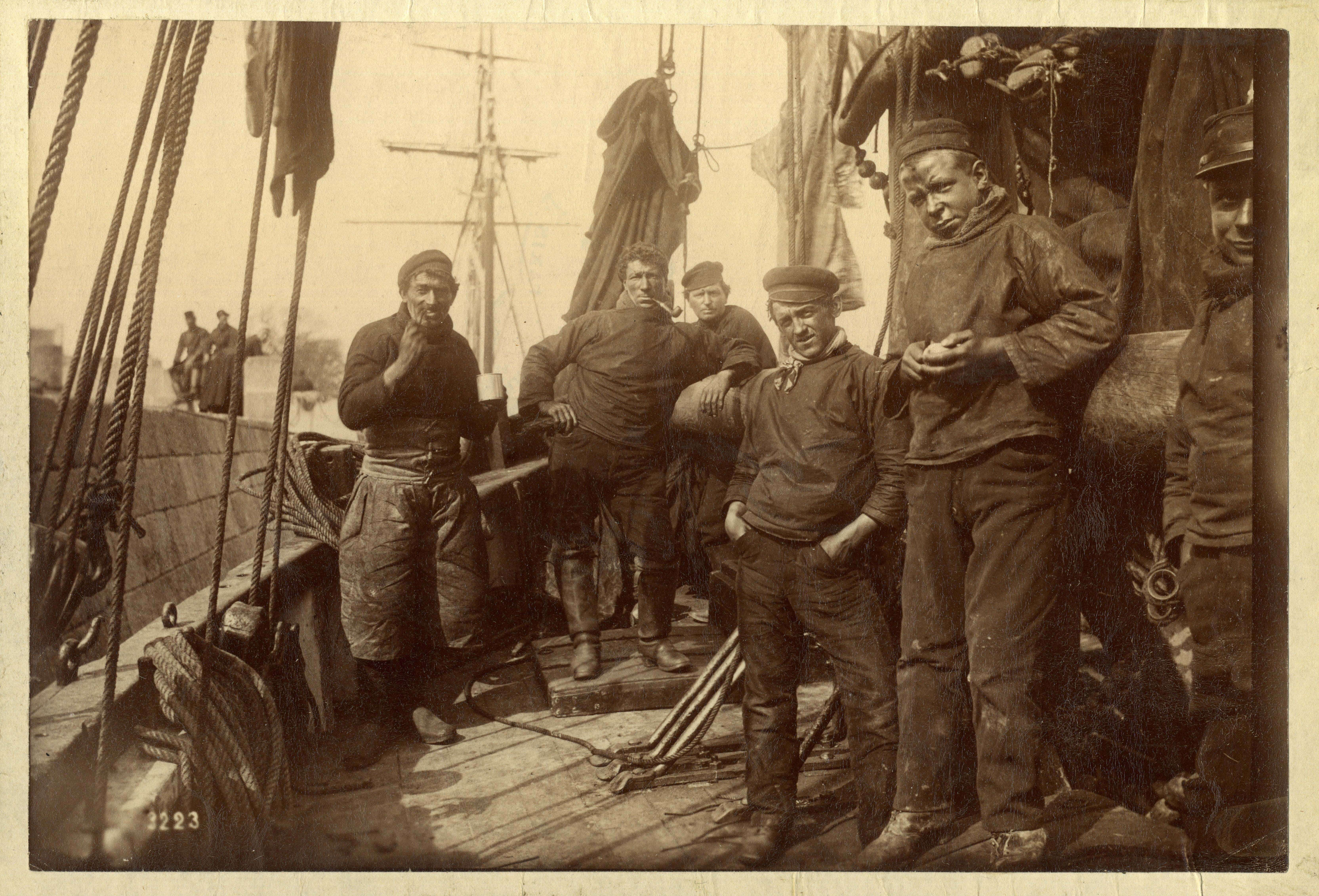
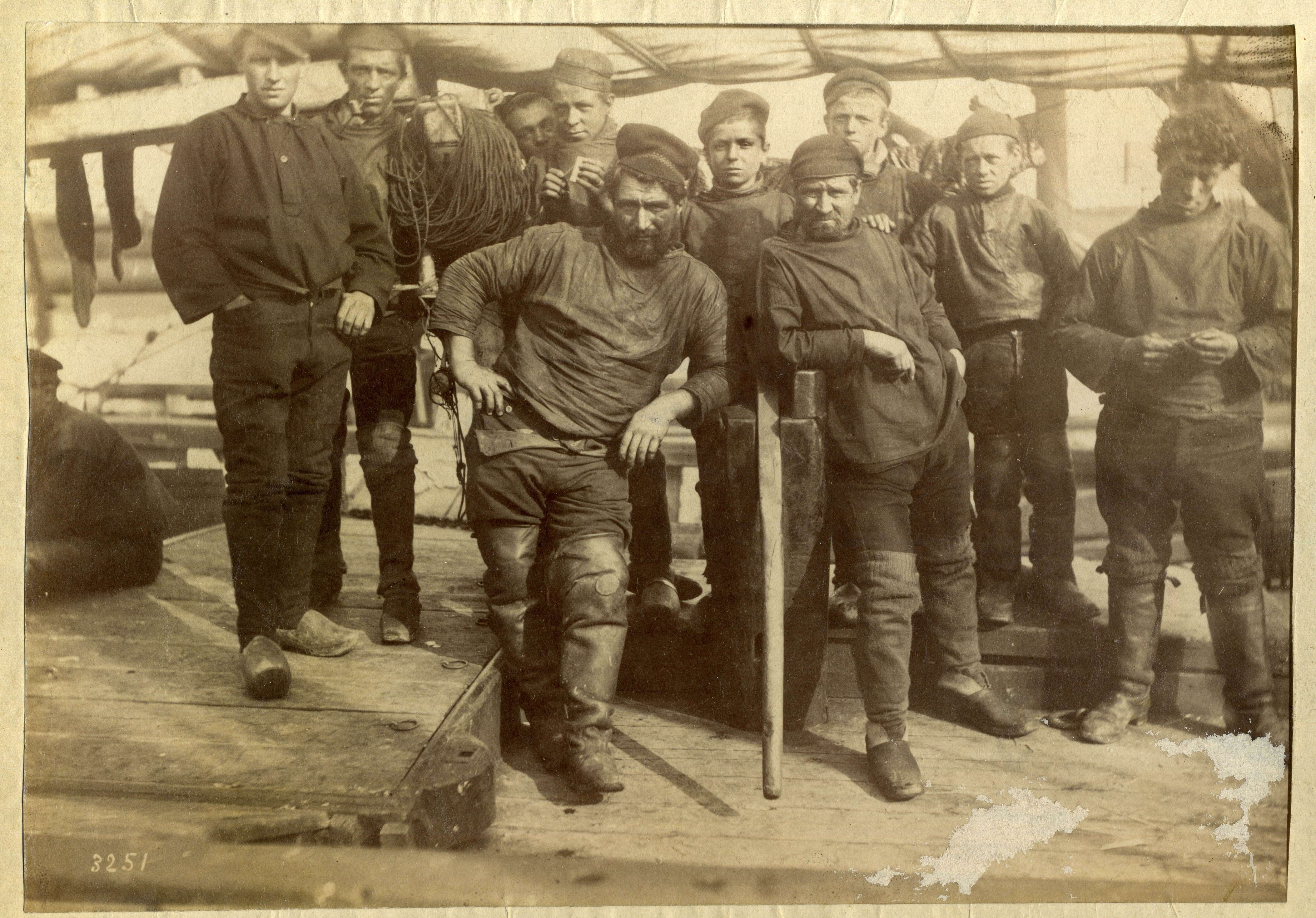
Their cooperation continued, and the Serbian Literary Co-operative published Mika’s five books: Through the Polar Regions (1932), In the Empire of Pirates (1933), With the Ocean Fishermen (1936), Sailing in the Remote Islands (1936) and The Eel Novel (1940). Except for The Eel Novel, all are travel books. The first one describes the first journey, “pirates and fishermen” are from the second, and “remote islands” portray the third journey.
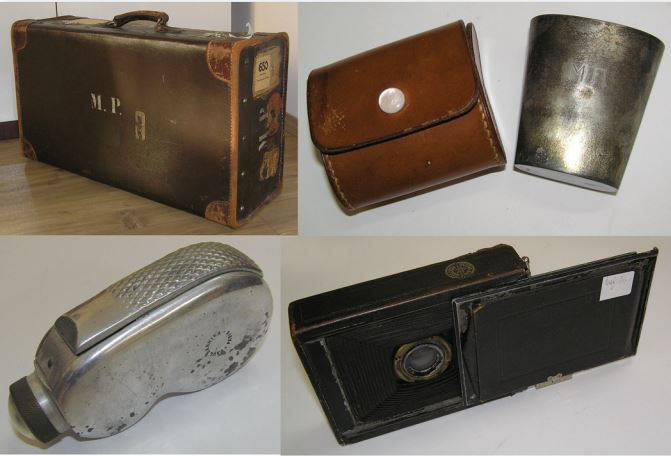
Personal possessions of Mihailo Petrović, his faithful friends on the road: a leather suitcase with initials; his metal cup in a leather casing, with his initials; the mechanically powered dynamo flashlight (“Luzy“); a photo camera (Hutig A:G Dresden, 1908). I. Marković, 2018 (“Mihailo Petrović” Foundation)
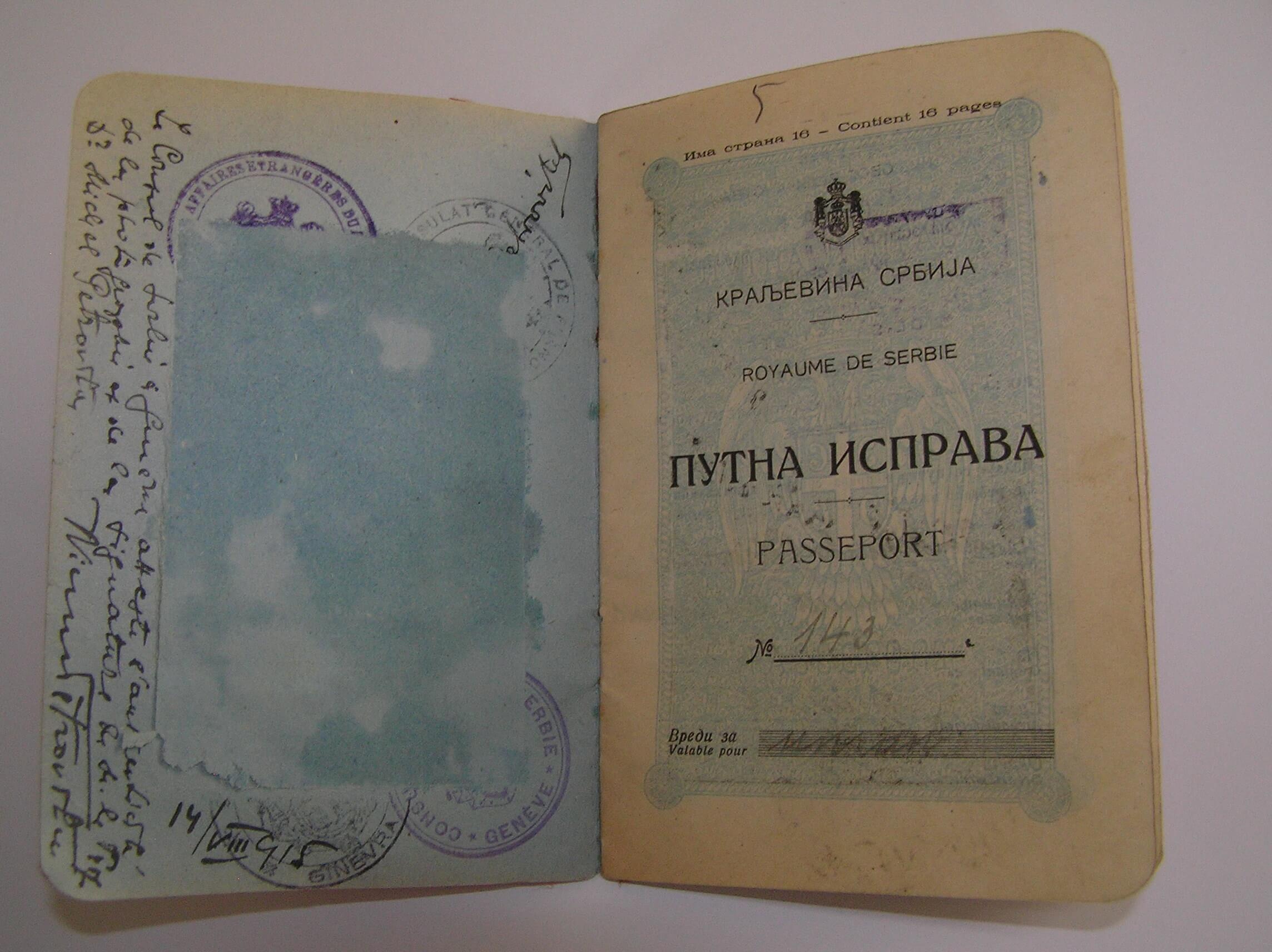
Mihailo Petrović’s passport. I. Marković, 2018 (“Mihailo Petrović” Foundation)
As a descendant of people whose reading culture was developed on Mika’s travel books, I read all his travel writings already as a child. My colleague Mihailo Pantić, who contributed to this catalog on the topics of fishing and Petrović’s literary work, suggested that Mika’s literary activity and works be presented in more in-depth manner. The deadline is too short to complete it for this exhibition, but I certainly think that Pantić is absolutely right and that this requires a separate “project,” to use a modern catchphrase.